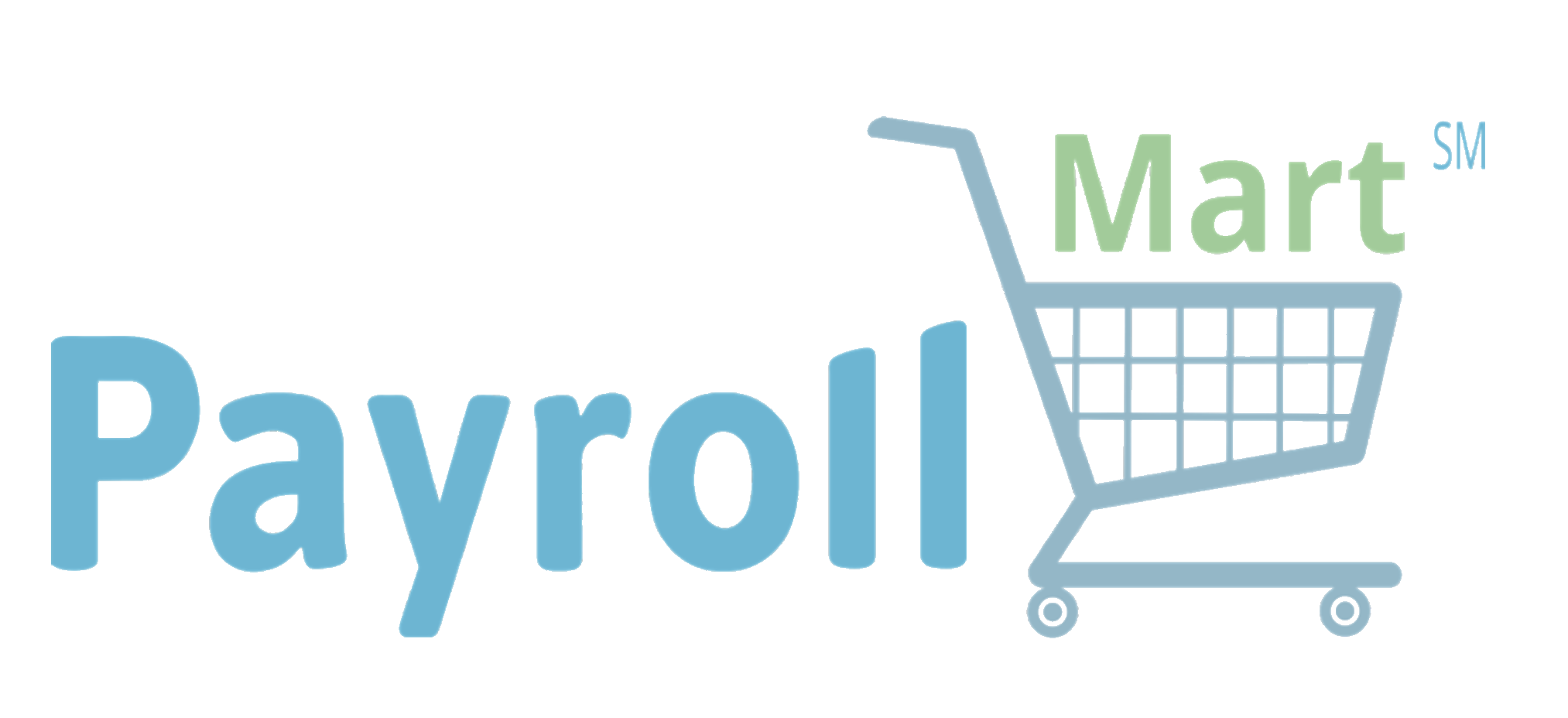Will my commissions continue?
It’s easy to hope that commissions will be paid forever. But as we’ve seen over the past few years, commissions are shrinking. To deal with smaller commissions, think about adding new revenue sources like voluntary insurance, workers’ compensation, DBL (Disability Benefits Law) and payroll referral revenue as well as beginning to charge consulting fees.
The conversations needed to sell these products are nearly the same as your benefits conversations. You already know how to talk to employers and uncover their pain points—now you help them even more by bringing more solutions to the table.
It is the time that brokers remove their broker hat and truly put on their advisor hat and begin charging CONSULTING FEES for your time. Employers are paying consulting fees to their CPA, Attorney, Software Developer/IT, Executive Life Coaches, etc…yet when it comes to one of their company’s “Largest Expenses”… they rely on “commission based” brokers to advise them. For example, many employers will need to explore the cost-benefits of a Professional Employer Organization (PEO)…this process is labor intensive, technical and requires significant data collection and many hours to thoroughly complete. Most commission-based brokers cannot allocate the time and resources to this exercise, especially if it means that their commissions will be reduced by moving the client to a PEO. So what to do…the broker charges a fair market hourly or flat rate, I have seen the PEO Consulting Fees range from $2,500-$5,000, which covers their time and softens that commission reduction hit.
Am I constantly reacting to my client’s demands?
Do you feel like you’re stuck in an endless cycle of reacting to late-night emails and putting out fires? The fires that usually arise because your client failed to inform you that they hired a “key” employee or that they terminated an employee 3 months ago?
It is the time that you find a way to take the lead in your client relationships.
Don’t wait for the employer to contact you with news of new hires, new business events, etc. Keep an eye on business events, and be prepared to respond before the employer identifies an issue.
To do this, ask your client to name you as an authorized BUT limited payroll contact. Then monitor your client’s data week to week. Look for changes in the employee census, new hires, etc.
You’ll help the employer make the most of their employee benefits offering and you are adding checks and balances when it comes to managing their benefits, payroll, and ACA compliance.
How can I protect my book of business?
Outsiders have been flooding the benefits market for the past few years. We’ve seen online brokers and big-name services firms—people who don’t have close to the experience and community connections you have, yet these online brokers are able to gain access to employer’s payroll data simply by asking and/or by a “behind the scenes” integration.
Position yourself as the lead advisor for all lines of benefits, with an understanding of how all the employer processes work together: payroll, health, 401(k) and other lines. Help your client choose a payroll provider who delivers top-notch services, provides data to help you be a better advisor, and won’t compete for your benefits business.
Talk to your clients about their payroll service, the same way you’d assess their benefit needs. What problems are they having? Are there errors in their withholding or processing? Offer to conduct a review of their payroll invoices—they may be paying for services or technology they don’t need.
Produced by the team at PayrollMart—we make it easy to buy or sell payroll. Learn how at PayrollMart.com.




